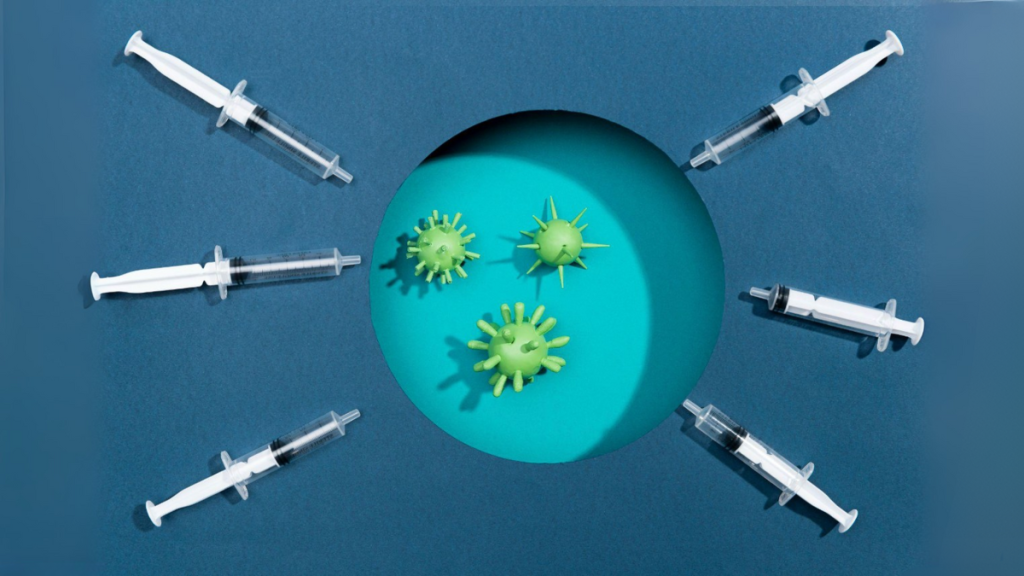Monoclonal antibodies (mAbs) are important tools used in scientific research, medical tests, and the development of new treatments. They also offer many health benefits to patients with different diseases.
Unlike polyclonal antibodies, which can attach to many parts of a target, monoclonal antibodies are designed to recognize just one specific part of a harmful substance (called an antigen). This makes them very accurate, which is why they’re especially useful in medical tests and treatments.
Making custom monoclonal antibodies for research is more complex. It usually takes more time, special skills, and higher costs.
Because of their high accuracy, monoclonal antibodies are perfect for use in diagnosing diseases and treating them. But what exactly does it take to produce them? Let’s explore the key steps and considerations.
How Are Monoclonal Antibodies Made?
Hybridoma Generation
One common way to make monoclonal antibodies is by using hybridoma cells. These special cells are created by fusing two types of cells—one that produces antibodies and another that can grow forever.
The result is a hybridoma, which can keep multiplying while producing large amounts of a specific antibody.
It usually takes about 9 to 10 months to go from creating hybridomas to having a ready supply of monoclonal antibodies.
In the past, some methods involved growing antibodies inside animals (like mice), but these are now rarely used and banned in places like Europe.
Today, scientists grow antibodies in lab equipment such as –
- flasks,
- roller bottles,
- stirred tanks, and
- Bioreactors.
These allow for large-scale, concentrated antibody production.
Antibody Phage Display (APD)
Another powerful method is called Antibody Phage Display (or APD). It helps scientists create fully human antibodies in the lab, without using animals.
The technique is especially useful for producing targeted antibodies, such as the anti-Human Estradiol monoclonal antibody. It is used in hormone detection and research.
Here’s how it works in simple steps:
Build the genetic instructions:
Scientists create a mix of DNA that can make many different antibody parts.
Insert into phages:
These DNA pieces are placed into viruses called phages. Each phage displays one unique antibody on its surface.
Find the best match (panning):
The phages are exposed to the target (the antigen), and only the phages that stick to the target are kept. These are then used to make more antibodies.
The technique was first introduced in the 1980s and has become a key tool for creating research antibodies and even antibody-based medicines.
Humanized Mice and Monoclonal Antibody Production
What Are Humanized Mice?
In the 1990s, scientists created genetically engineered mice that could produce fully human antibodies.
These special mice carry human immune system genes, so their immune cells (specifically B cells) behave like human ones. It lets scientists create antibodies that are more suitable for treating people.
In 2006, the first human antibody made in these mice was approved to treat a type of colon cancer.
A newer version of this technology, called VelocImmune®, was developed by Regeneron. It helped fast-track 10 different human antibodies into clinical trials.
Other Humanized Immune System Models
Another approach involves giving mice human stem cells from umbilical cord blood or fetal tissue.
These cells help grow parts of the human immune system inside the mouse. While promising in theory, this method hasn’t worked as well in practice.
How Are Antibodies Made in Mice?
Mice are the most common animals used for making monoclonal antibodies. Here’s the basic process:
- Immune cells from mice are combined with lab-grown cancer cells to create hybridomas. Those cells are known as myeloma cells. These can grow indefinitely and make specific antibodies.
- Fetal bovine serum (FBS) is often added to help the cells grow. But FBS can carry unwanted germs, so many labs now use serum-free alternatives.
Once good hybridoma cells are found, they’re frozen and stored for future use.
How is Antibody Production Increased?
Scientists use different tools to make large amounts of antibodies. These devices:
- Have thousands of tiny tubes where cells can grow,
- Allow nutrients in and waste out,
- Help produce high volumes of clean antibodies efficiently.
Making monoclonal antibodies is a delicate, complex process. From growing hybridoma cells to scaling up production, every step needs careful planning.
Working with experienced partners can help avoid mistakes and save both time and money.
To Sum Up
Making a custom mouse monoclonal antibody (mAb) takes a lot of time and technical skill. But once scientists create a stable hybridoma cell that produces the desired antibody, that cell line can be grown and frozen for long-term use.
These cells act like a reliable factory—they keep producing the same antibody over and over again.
When more antibodies are needed, scientists can scale up production using different methods. It means they can increase output efficiently, depending on the need, whether it’s for research, diagnostics, or medicine.

